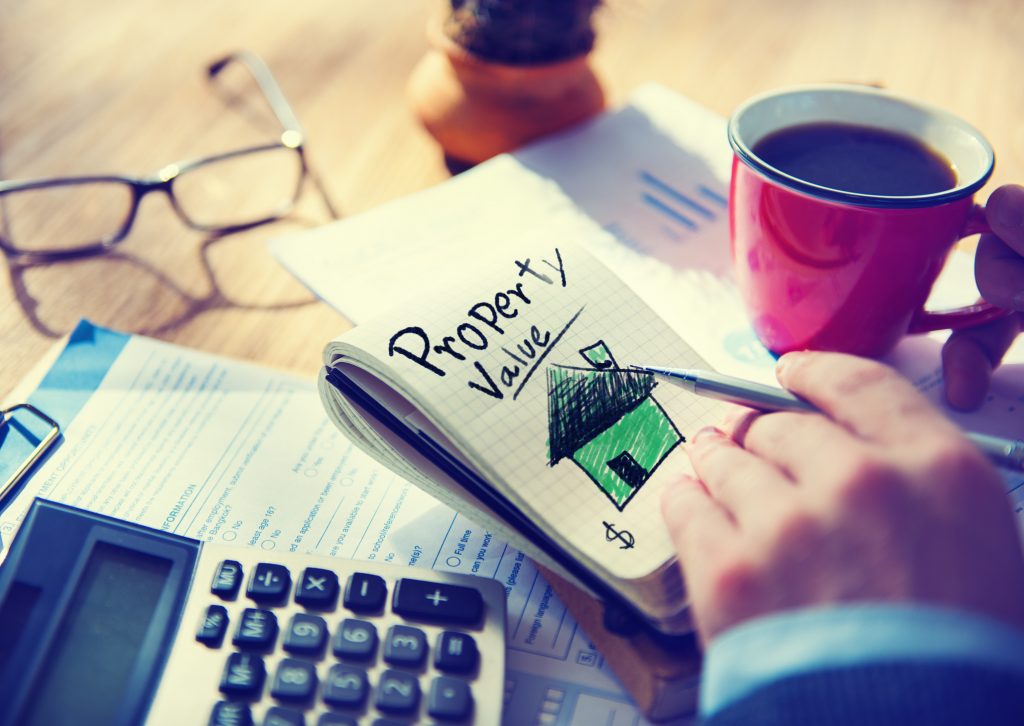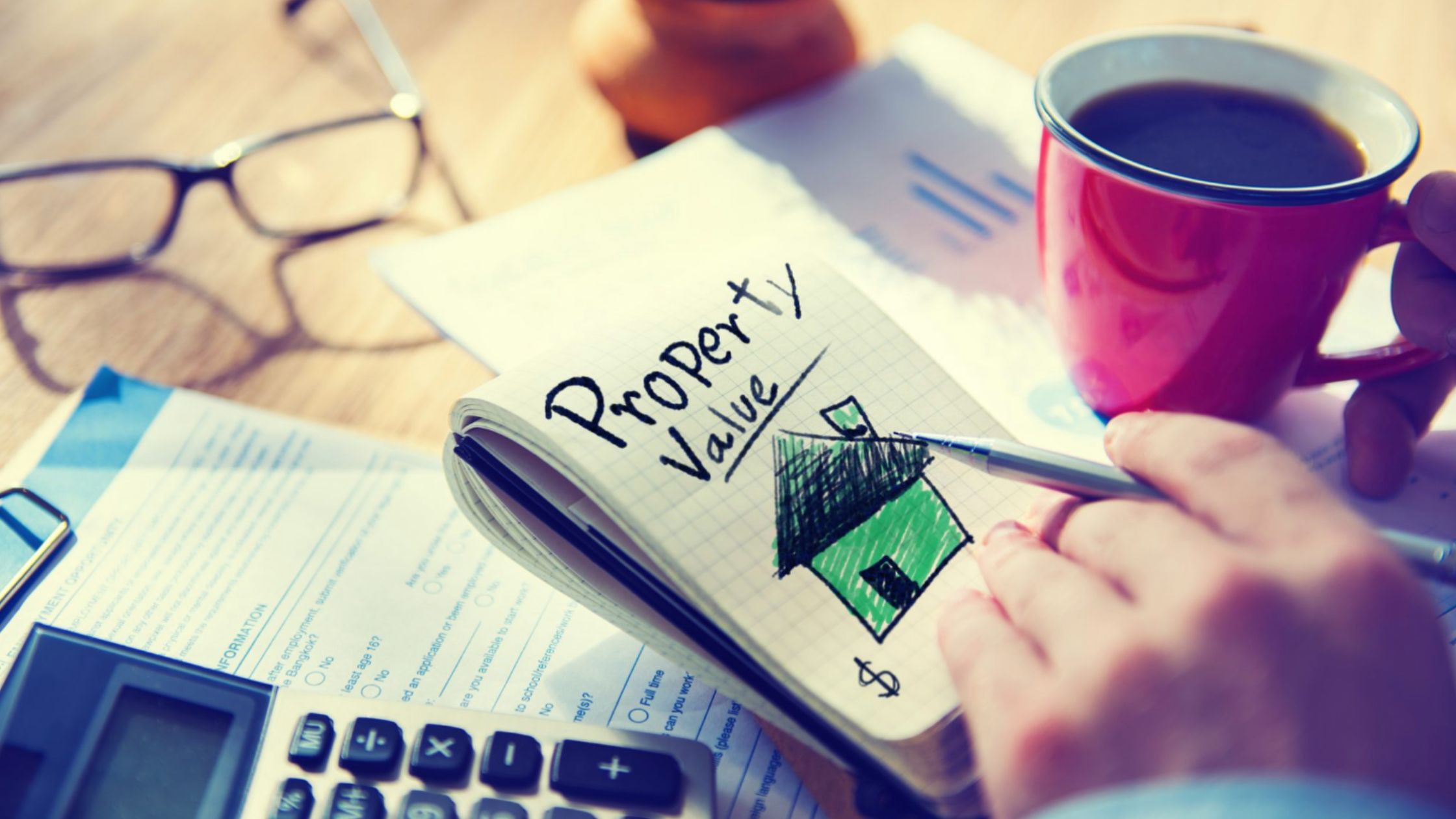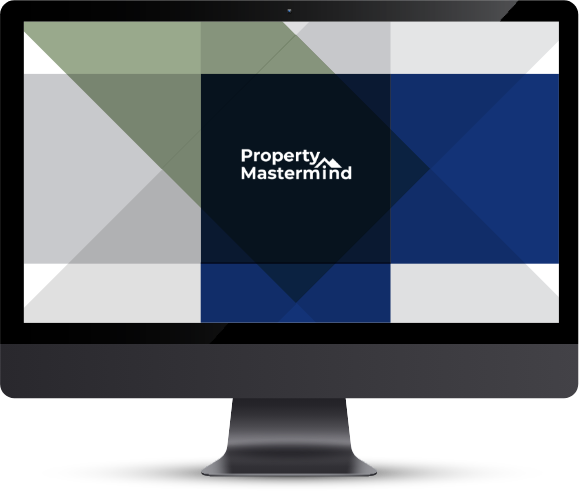What Is the Ideal Profit Margin in Property Development?

Regardless of the market situation, a financial feasibility showing a realistic rate of return can help you make certain that you can make money in property development.
In planning your property development project, the bottom line must show a suitable return for the money and effort you put into it as a developer. The ideal profit margin is between 16 and 20% on development costs. This refers to your profit as a percentage of your total cost. We call that margin on costs or return on costs.
By way of example let’s say you develop a three-townhouse project and each townhouse is worth $720,000 on completion. We call that a $2,160,000 project ($720,000 x 3).
Let’s say the total cost of the project is $1,800,000. The profit would therefore be $360,000 ($2,160,000 – 1,800,000).
The margin on cost would therefore be 20% (360,000 / 1,800,000 x 100).
Why should you aim for at least 16% net return?
You can gain a higher profit margin if the property market rises during the development period. Conversely, if the market retracts you have a good safety buffer.
A 16 – 20% margin is considered the sweet spot between providing a safety net in case of abrupt changes in the market and still making a decent profit in this business. By working on a 16 – 20% margin, you can make enough money if the market is bad and good money if the market is good.
On large subdivisions and apartment blocks banks often lift their requirement to 20% – 25% margin
Banks are also using the 16% rule
A 16% margin is a conservative figure and is often the minimum return a bank would expect when offering a developer a commercial finance package. That said, your success with the bank rises when you approach 20%.
On small projects say up to three townhouses you could use normal retail finance rather than commercial finance which is more expensive. With retail finance, providing you can show suitable serviceability, the margin is often overlooked as the bank basically lends you a percentage of costs or a percentage of end value.
While this means you can do lower margin deals, for your own sake you should avoid any projects, however small, showing less than 10 – 12% margin.
When lending against costs, retail banks often don’t include all costs. They’re more likely to lend against what they call ‘hard costs’ which is the land at valuation plus the construction contract sum. Soft costs like council fees, consultant costs, marketing etc. are left to the borrower to fund 100%.
When lending against end value they tend to base that value before separate titles are issued – called ‘in one line’. With our theoretical three townhouse project, the end value would be based on when the townhouses are completed but still on one title, before the subdivision into three titles. The discount for ‘in one line’ value might be in the range of 10% – 20% lower than for separate titles.
Always work on your feasibility plan first
To minimise risks, it is crucial that you conduct a feasibility study on a potential development site. This is one of the first things you must do.
Sadly, I have seen newcomers to property development make costly and avoidable mistakes because they have never invested in learning how to do an accurate feasibility. By not knowing the costs or undervaluing them you can make a bad deal look good.
Sooner or later that mistake will catch up with you. It might be down the track when you have a development approval and need to get the site valued to get finance to complete the project. It’s too late at that point to find out you originally paid too much for the site because you neglected to conduct an accurate financial feasibility.
Completing a financial feasibility is one of the crucial steps in property development, which is also a big challenge for beginners in this field. A financial feasibility is not only a requirement that you need to submit to your lenders but also a significant tool to determine if you can really make money from a particular property project.
If you want to be more confident in property development and not make costly mistakes, consider starting a journey with us by signing up for our free video series here.
If you have any burning questions you can always call Property Mastermind on 1300 729 550 or send email to admin@propertymastermind.com.au.
What Is the Ideal Profit Margin in Property Development?
Regardless of the market situation, a financial feasibility showing a realistic rate of return can help you make certain that you can make money in property development. We’re talking all about finance and the importance of knowing your numbers this weekend at our upcoming Property Development Masterclass. Click here to learn more: https://www.propertymastermind.com.au/property-development-foundations-masterclass/
Kind Words From Our Students

Danny Mourani, NSW
"I loved the course."
I loved the course. It had all the info and more to put myself into a position to look at developing property full time.

Alistaire Baker
"Thank you, Bob!"
I have enjoyed going through the content and in particular the bits about creative finance and structuring deals. Thank you, Bob!

Lisa Hellwege
"The information was well structured and relevant"
The information was well structured and relevant. I am a logical person and enjoy the way it is written.
AS SEEN IN






You May Also Like...




Ready to Learn More About Property Development?
BE MENTORED BY US

